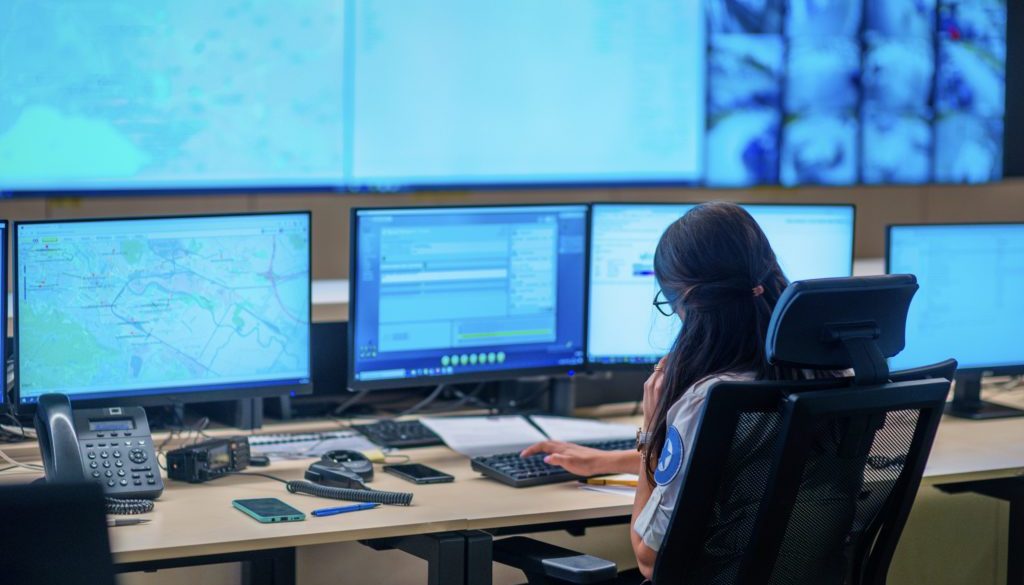Rave Link: The Next Generation of CAD Data Sharing
Updated November 30, 2022
What is Rave Link?
Rave Link smooths your operations and saves your staff time with automated smart notifications, process management, and inter-agency situational awareness based on real-time computer-aided dispatch (CAD) incident data and responder unit location and availability.
Why is Rave Link important?
- Busy staff handling an emergency can easily miss important communication steps like notifying a Chief
- CAD-based notifications are not always flexible enough to detect only the events of interest or reliable enough to count on, resulting in either notification fatigue or unreliable service forcing dependence on other communication modes.
- Procedures for managing complex incidents like mass casualties, school emergencies, and major fires live in binders, on paper checklists, or rely on memory which can result in missed steps or duplication of work during critical incidents.
- Sharing relevant CAD-incident data across jurisdictions or even between local agencies is difficult. Data definitions vary across CAD systems with no commonly adopted format and point-to-point CAD integrations are costly and fragile.
- Existing solutions for CAD interoperability are expensive. Many solution vendors have a vested interest in expanding the use of their systems instead of enabling true data sharing and interoperability with other systems.
What are the most popular features of Rave Link?
- Configurable, automated, multi-modal notifications based on CAD event type, status, priority, location, and more to detect specific types of events and inform the right people right away
- Automated monitoring of responder unit availability to detect and escalate resource constraints before they become a problem
- Configurable digital workflows with checklists, automated reminders, and map markup, kicked off automatically based on CAD events
- Web-based incident mapping for inter-agency situational awareness and mutual aid with highly configurable data sharing controls
Can Rave Link be customized to fit your specific needs?
Absolutely. Each customer can configure rules based on their own standard operating protocols to notify specific people or groups via Rave Alert when certain incidents occur. For example, automatically notify local hospitals when a mass casualty event occurs so they can prepare to receive large numbers of patients. Or trigger fully configurable workflows in Rave Collaborate with checklists, automated reminders, reference materials, and map annotation tools.
Each agency configures which types of incidents they are comfortable sharing with specific other agencies, including which data fields they share for each type of incident. For example, an agency might want to share data about large structure fires and hazmat incidents, because they may call on their neighbors for assistance with them. But not share data about minor vehicle accidents that are unlikely to impact their neighbor.
How can leveraging Rave Link improve State & Local safety?
- Powerful rules-based notifications ensure the right people know about critical events sooner
- Increased situational awareness across jurisdictions
- Reduced time transferring calls or requesting mutual aid between agencies
- Improved officer safety
- Support for expanded / alternate dispatch workflows
How can you best prepare for successful use of Rave Link?
- Think about the many parties your agency is responsible for notifying of various types of emergencies and consider which of these messages could be automated. For example, messages to Supervisors, Chiefs, the Department of Transportation, hospitals, and others when specific types of events occur.
- Review your internal procedures or checklists for complex incidents like major fires, mass casualty incidents, missing persons, school emergencies. These can now be made digital and auditable and be activated automatically based on real-time CAD events.
- Start conversations with neighboring agencies – those you work closely with and have mutual aid agreements with. Discuss the kinds of incidents where your supervisors or telecommunicators are calling or radioing back and forth to inform or request assistance. Where could you use more visibility or proactive notifications? Where can you reduce time spent on the phone or tying up the radio?





